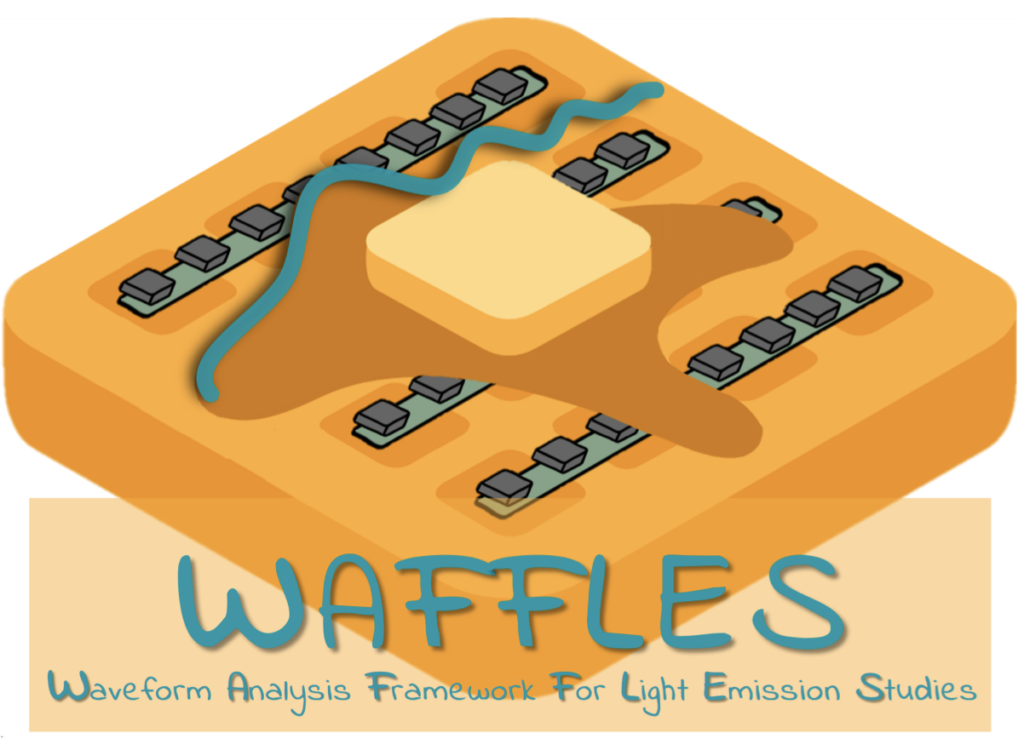The Experimental Neutrino Group at IFIC is among the largest groups in the DUNE collaboration. We are deeply involved in several aspects of the experiment, which are described below.
Physics and data analysis
The group is currently involved in proton decay searches and Physics Beyond the Standard Model (BSM) studies.
- Proton Decay sensitivity: this analysis constitutes the PhD research topic of Hamza Amar. The goal is to estimate the partial half-life sensitivity (τ/B) of the proton as a function of DUNE exposure.
We are also analysing the data from the DUNE prototypes at CERN (ProtoDUNE), with two important analyses of the data taken in the first run (2018):
- Secondary K+ production: the analysis is completed and resulted in the PhD thesis of M. A. García-Peris. A technical note has been written and the analysis is under review for publication.
- Secondary K0 short production: this analysis constitutes the PhD research topic of Jordi Capó. This analysis will be used to benchmark the LArTPC capabilities for the secondary vertex identification and invariant mass reconstruction.
The ProtoDUNE detectors took data in 2024 and 2025 after important upgrades. Several data analyses are ongoing:
- Photon detection system (PDS) in ProtoDUNE-HD: we are in charge of the LED calibration and coordinate the article writing.
- Photon detection system in ProtoDUNE-VD: we have participated in the data taking and have started working on the data analysis.


Detector R&D
The group participates in two important R&D lines:
- Development of VUV sensitive photon detectors: LAr scintillation light peaks at 128 nm, in the Vacuum Ultraviolet (VUV) regime. Light shifting and trapping using combination of wave length shifters (WLS), light guides, dichroic filters, is being studied with simulations and dedicated measurements in our optical laboratory.
- R&D on millikelvin precision temperature sensing for cryogenic environments: this is crucial to understand the behaviour of cryogenic liquids in large cryostats. We have push the precision and reproducibility of RTDs (Resistance Temperature Detectors) to the few millikelvin level, and are currently pursuing similar performance for FBG (Fiber Bragg Gratings) sensors, suitable for high electric field environments.

Detector construction
IFIC is solely responsible for the Temperature Monitoring System of the first two DUNE far detector modules, whose construction began in 2022. We are the leading group worldwide in precise temperature sensing for cryogenic detectors, having achieved millikelvin-level precision using Resistance Temperature Detectors (RTDs). The first far detector module will also be equipped with Fiber Bragg Grating (FBG) sensors—an emerging technology that IFIC is employing for the first time to measure cryogenic temperatures with high precision.
The group is also contributing to the characterization of Silicon Photomultipliers (SiPMs) -with the MASSIBO system- , and dichroic filters for the Photon Detection System.
In addition, IFIC plays an important role in coordinating the overall detector construction, with A. Cervera serving as one of the far detector technical coordinators.

Software & Computing
We lead the development of several important software tools for DUNE:
- WAFFLES (Waveform Analysis Framework For Light Emission Studies), is the software framework used for commissioning, operation and performance evaluation of the Photon Detection System of the DUNE prototypes at CERN.
- HighLAND (High Level Analysis for Neutrino Detectors), developed in 2010, is the official analysis framework for the T2K near detector and is being used in DUNE for event selection and systematic error propagation.
- Photon collector simulation: the group has developed the most detailed simulation of the X-ARAPUCA for Phase-I DUNE far detectors and is leading now the studies for Phase-II photon collectors.
- Photon Detection System layout simulation: we have developed in the context of LArSoft the simulation of the entire FD-VD detector, having optimized the distribution of photon collectors. This tool will be reused for Phase-II PDS detector design and optimization.

Electronics development
Our electronics team is involved in several projects:
- MASSIBO: massive characterization of SiPMs using readout multiplexing and parallelization
- CODA: R&D on the readout for phase-II Photon Detection Systems, with special emphasis on the digitization at cryogenic temperatures.
- RTD readout: we are currently optimising the current source and multiplexing card for reading 24 sensors (right image), which coupled to a 24 bits ADC has an intrinsic resolution of few few tenths of millikelvin.


